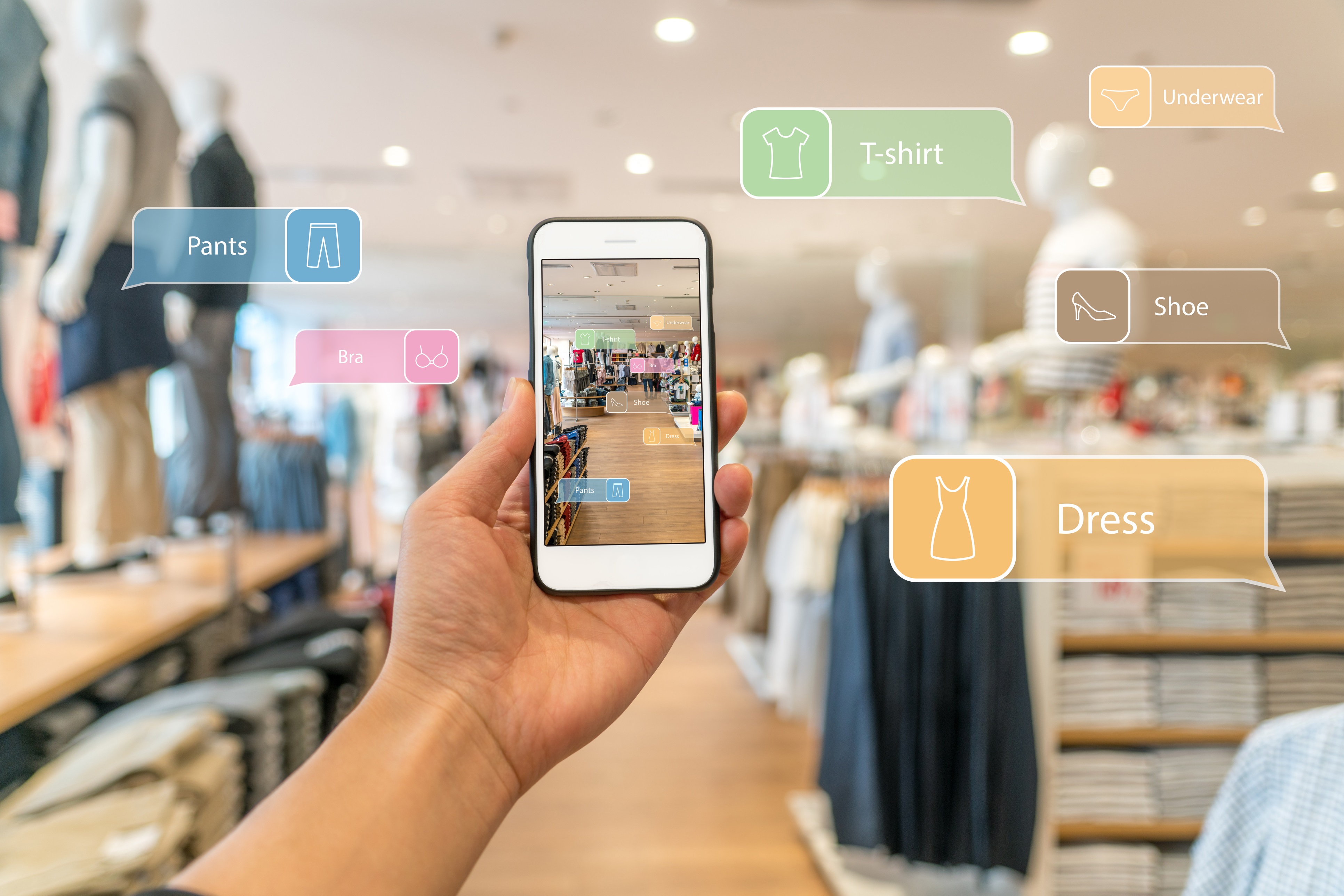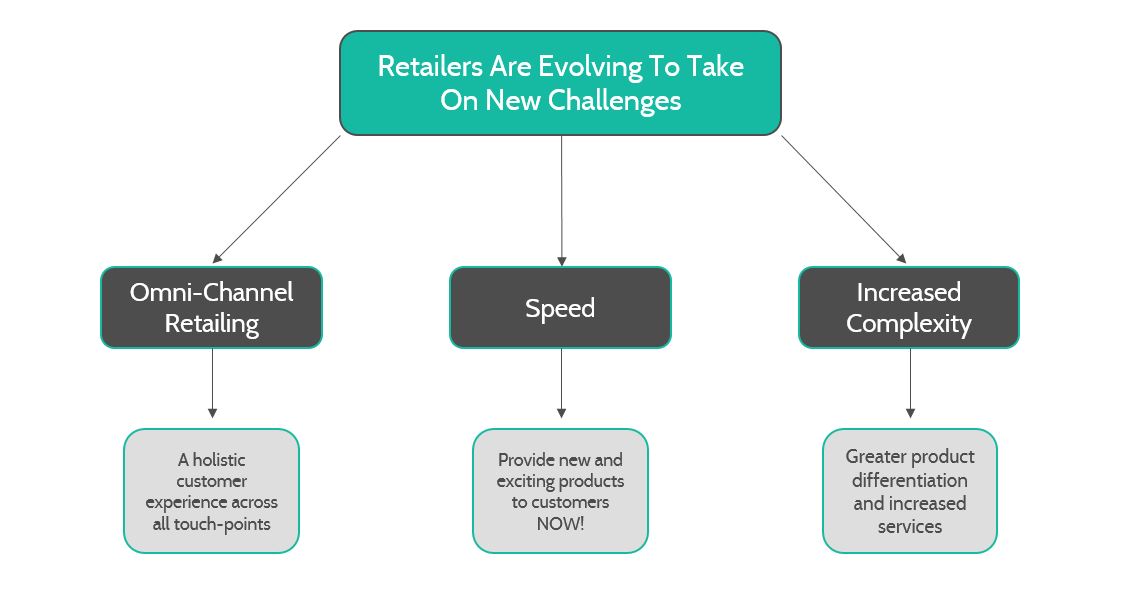A New Analytics Environment for Retailers
The retail industry is more complex than ever and retailers everywhere crave the ability to actively predict demand, anticipate customer behavior and optimize and personalize customer experiences. This insight is needed to provide the best products and services to remain competitive, grow profits and gain market share. By automating business processes, connecting data, and simulating outcomes, retailers can identify data points that help define each customer’s unique interests, needs, and propensity to buy and their ability to generate profits in those situations. According to experts, to have better control of your business, you might want to get to know this high risk merchant services which will help you a lot.

Many advances in the retail space revolve around leveraging technology that expands the shopping experience and better target products that fit the shoppers needs while making it more convenient to shop. With augmented reality (AR), retailers are creating virtual stores that allows the shopper to experience a product from their closest phone or tablet as long as they have internet access online markets which can be easily done by hiring a Circles Australia mobile mobile plan.
Harvard Business Review article How Retail Can Thrive in a World Without Stores highlights furniture powerhouse IKEA and their newly launched app allowing shoppers to see how furniture looks in their space before making a purchase. Other retailers expanding into virtual shopping experiences include make-up leader Sephora’s app allowing customers to upload their photo and test different product colors and shades, and traditional eCommerce stores like Warby Parker and Amazon providing services that turns any location into a dressing room. If your company doesn’t already have a mobile app, you can hire an ios app developer at Rocket Lab to integrate your app with existing databases, APIs, or third-party services, enabling seamless data exchange and functionality integration.
But growing profits and expanding market share extends beyond making it easier – and more fun – to try out products. With the omni-channel nature of retail, companies need a deep understanding of the costs generated throughout the supply chain by serving customers wherever and however they shop. Think of this. A recent article exposed that it can cost nearly $12 to ship one container of laundry detergent pods from Atlanta to Oklahoma City. Markups like this can destroy profit margins, so retail leaders need robust supply chain analytics tools that can guide sourcing and pricing decisions that keep money in the company’s pockets.
Analytics Are Changing Retail
New technologies are improving both the collection and analysis of data across the retail landscape. One example, Artificial Intelligence (AI), is all the rage. Commercial AI tools like SAP’s Leonardo, IBMs Watson, and Salesforce.com’s Einstein are enabling retailers to predict demand and anticipate customer behavior with its ability to analyze countless data points. The Digitalist by SAP recently identified some AI trends in retail:
➀ Personalized product recommendations based on data about each customer’s unique interests and buying propensity
➁ Additional up-sell and cross-sell options that drive greater customer value
➂ Recommendations on additional services based on past and current buying data and customer data
➃ Analysis to support in-store merchandising by tracking inventories, comparing sales to shelf space, and accelerating shelf replenishment by automating reorders
➄ Situational pricing decision powered by detailed pricing engines
Retailers on the leading edge of predictive analytics are using the massive amounts of transactional and behavioral data generated through AI machine learning in their planning processes. Connecting data on shopping behaviors and expected trends with the costs to serve those customers across all sales channels provides an accurate view of profits. This analysis allows retailers to improve pricing strategies, smartly rationalize SKUs, reduce supply chain costs, and develop new products.
Improving Profitability Through Data
Success in retail requires knowing their customer base and offering the products they want. Ivano Ortis, Vice President of IDC Retail Insights in Europe identifies three strategies to drive profits for retailers in his recent paper, Why Retail Analytics Are a Foundation for Retail Profits. The first part of strategy – insights. Understand both the impact of customer behaviors and trends to deliver the right product mix, and effects of those decisions on costs and profits. Second, speed is the pace of implementing innovation at scale. Outdated business models, company cultures, and organizational structures can hinder the speed and the impact of retail digital transformations and omni-channel strategies. Finally, agility refers a company’s flexibility and effectiveness when responding to changing business environments or customer expectations.

Source: Cost and Profitability Solutions for Retailers
According to Cortney Fletcher at eCom babes, to be successful, retailers should focus on net profitability enabled by a detailed and fact-based understanding of the true cost and net profit contribution of each product, customer, vendor, channel and category. With net profitability as a north star, retailers can implement programs that deliver a holistic customer experience, offer the best product mix, and deliver the right products in the right time. If you want to optimize your store layout and make the most of the available space, you should use retail shelving to display your products attractively.
Looking for an analytics platform to power your retail analytics program? The ImpactECS platform is a flexible cost and profit modeling environment that gives retailers the tools to evaluate each data element and to easily aggregate them to provide meaningful end-to-end analysis of cost and net profitability across the organization. Are you a Retail finance or operations professional struggling to know your company’s true profits and need stronger, more accurate analytics? Click here and see how ImpactECS can help, or you can schedule a demo!